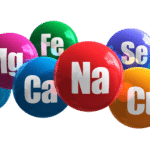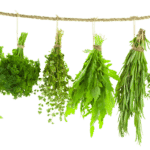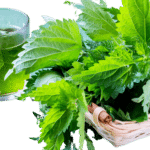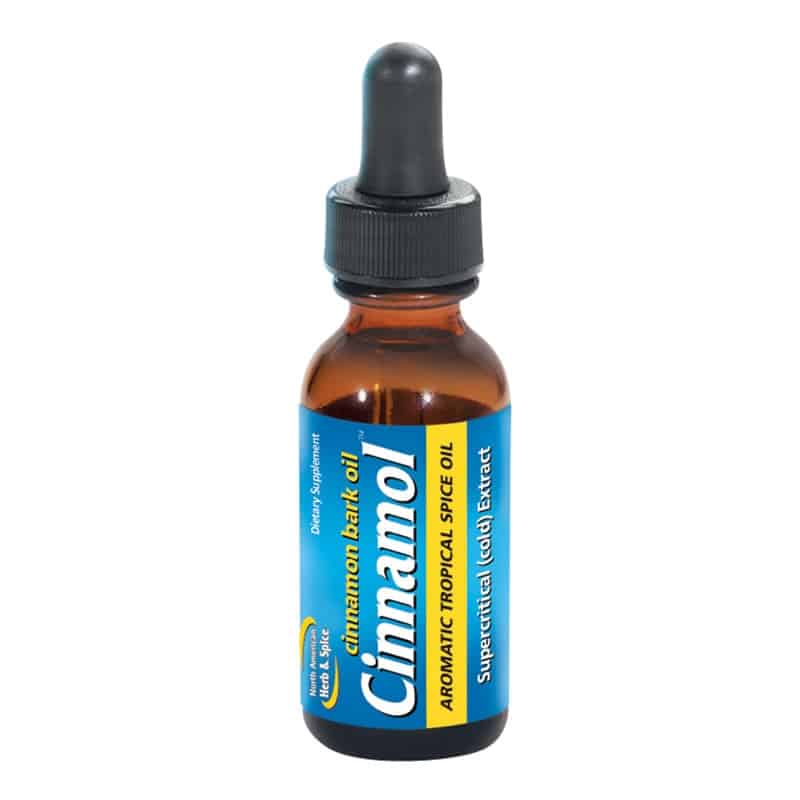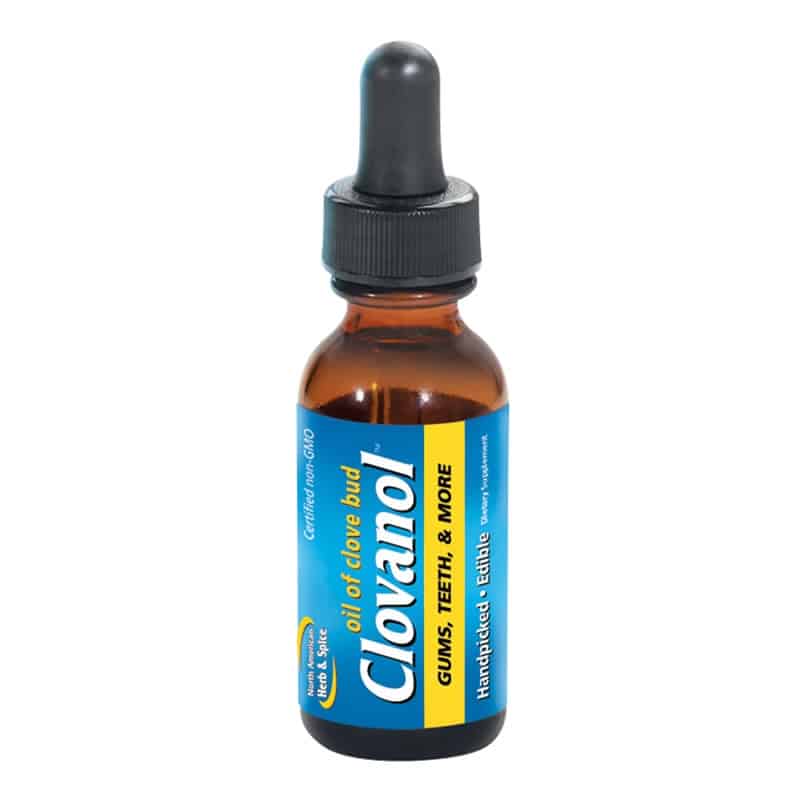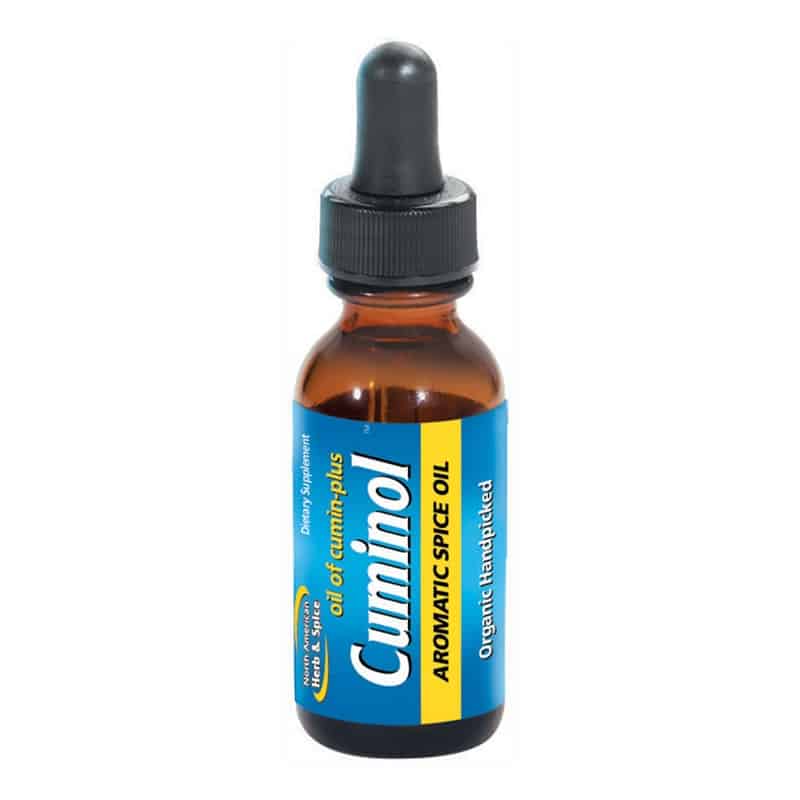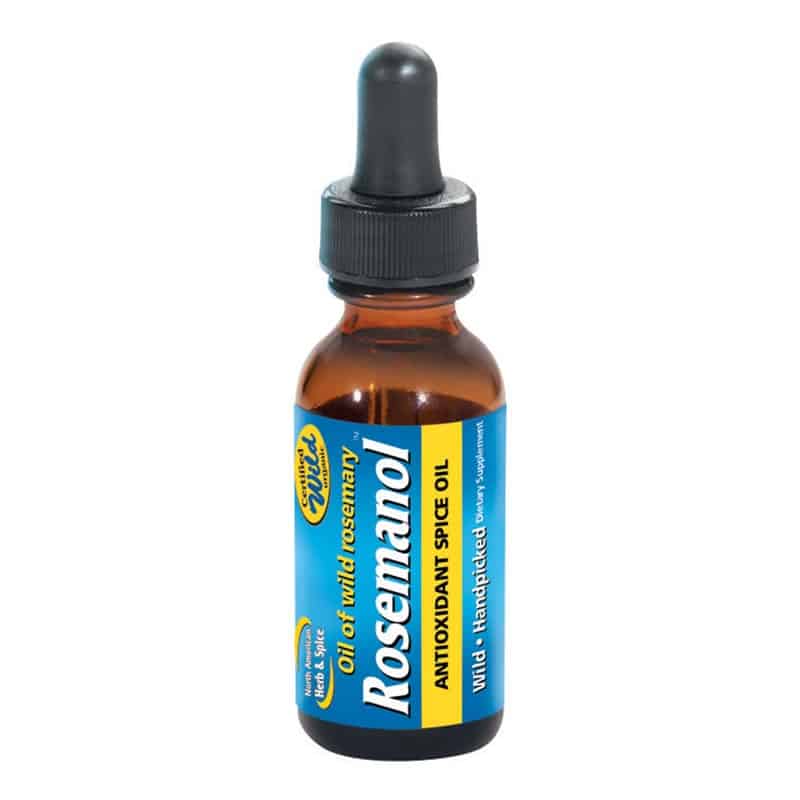No products in the cart.
Cinnamon
Whenever I notice the scent of cinnamon in the air, I immediately think of Christmas. There is something about that warm aroma that makes me want to snuggle on the sofa, pour myself some hot cocoa, sprinkle some cinnamon powder on top, and savor a few cinnamon cookies while watching Home Alone. For some people, the scent of cinnamon evokes the image of fall instead. Fall is the pumpkin season, and with pumpkin-spice-everything trending over the last few years, our odor receptors are hit by the amazing scent of cinnamon on every corner in bakeries, coffee shops, and candle stores. But cinnamon is not just a popular pastry ingredient, it is a powerful spice with a number of amazing health benefits. In the first century, cinnamon was such a highly valued commodity, that Europeans were willing to pay 15 times more for it than silver! Cinnamon has a long history in traditional medicine, as well as in cuisine. The health effects of cinnamon are being carefully studied currently, bringing some very promising results. Before we dive into all the benefits, lets learn more about the different forms of cinnamon we can get our hands on.
Cinnamon Powder
Cinnamon bark is ground to a very fine powder and used as a spice in almost every kitchen in the world, probably including yours. There are multiple varieties of cinnamon trees, and each of them offers a slightly different type of cinnamon. The most common type of cinnamon on the market is labeled as cassia, and it includes cinnamon grown in China, Indonesia, Vietnam, or India. Cinnamon bark from trees grown in Sri Lanka, however, is considered the true cinnamon, and is labeled as Ceylon cinnamon. Cassia bark is much thicker, harder, and the powder obtained from it is darker in color and strong in flavor, while Ceylon cinnamon is only made from the thin inner parts of cinnamon bark, making the powder lighter in color, finer in texture, and gives it a more subtle aroma and flavor. We usually use cinnamon powder as a spice in the kitchen, but using it as a part of our skincare routine or in homemade remedies is not unusual either.
Cinnamon Oil
Around 1% of the cinnamon bark is made of essential oil. This compound is extracted from the bark by mechanical pounding, macerating in sea water, and finally distilling the oil. The taste and scent comes from cinnamaldehyde, which makes up around 90% of the cinnamon oil. Other compounds we recognize are ethyl cinnamate, cinnamyl acetate, and cinnamyl alcohol all of these have many therapeutic benefits. Cinnamon oil tends to oxidize pretty quickly, changing its color from light golden-yellow to brown, so keeping it in an airtight, dark glass bottle is highly suggested. Cinnamon oil is often used in oral and dental care, as well as in aromatherapy or skincare.
Health Benefits and Uses
Cinnamon is most valued for its high antioxidant content it is the highest of all spices. Catechins found in cinnamon (both powder and oil) are very potent for digestive health; they help reduce inflammation in the body and even balance blood sugar levels by increasing insulin sensitivity (that’s why a sliced apple sprinkled with cinnamon will satiate your hunger better than the apple alone). Cinnamon in food helps the body to burn fat and lowers triglycerides in the body. Because of its strong antibacterial, antiseptic, and antifungal properties, cinnamon is used to fight all kinds of bacterial related conditions, including vaginal infections, candida, H. Pylori or Staphylococcus. Topical use of cinnamon also helps with wound healing, acne, and eczema.
Cinnamon oil is an important ingredient you should include in your oral care its antibacterial properties make it very useful in fighting tooth decay and gum disease. The easiest thing you can do is keep a bottle of cinnamon essential oil in your bathroom, add a drop into a glass of water, and use it as a mouthwash. If you want to try something a little more fancy, try this super easy DIY recipe! Switching to more natural options with your oral care is very beneficial on its own, and adding cinnamon oil into your regiment will bring the health of your teeth and gums to another level. Read more about cinnamon and oral health here!
If you often fight colds or flus, you might want to try adding some cinnamon powder to your herbal tea next time, or make a Liquid Ginger Cookie, Susanne’s favorite (recipe at the bottom of this post). Not only does it actually increase the absorption of herbs, it helps to reduce inflammation in the body. The very popular combination of honey and cinnamon boosts your immunity and works as healing medicine. Just mix raw honey and cinnamon in a 4:1 ratio (make more in advance, it will not spoil and you will always have some on hand), keep it in a glass jar and take two teaspoons a day as soon as you start feeling a cold or flu coming. If you don’t want to eat this sweet medicine by the spoonful, add it to your tea with some fresh squeezed lemon juice. This is one flu medicine every child will love to take!
Both cinnamon oil and powder are also powerful mood enhancers. Cinnamon helps to boost cognitive function, reduce depression, anxiety, frustration, and headaches, helps with PMS symptoms, increases focus and productivity, and works also as an aphrodisiac (wink wink). It has been proven to enhance motivation and performance and also has some beneficial effects in treating ADHD in children. If you are a fan of aromatherapy, cinnamon oil is something that should not be missing in your oil collection. A drop on your pillow, a few drops in your bathtub or in an aroma lamp can help you relax and unwind at the end of a stressful day. I mix a few drops of cinnamon and peppermint oil with water in a spray bottle and use a little bit on my yoga mat before my practice, so even after a very busy and hectic day, I am able to relax and focus solely on my vinyasa.
Asian cultures have used cinnamon for skin care and beauty for many years, and we can learn so much by following their example. Cinnamon stimulates blood circulation and plumps the skin, making fine lines disappear. You can use cinnamon as an ingredient in your homemade lip balm for example, to add a temporary and safe lip plumping effect! Cinnamon can also be used as a gentle exfoliant. When mixed with olive oil and honey, it makes an effective exfoliating remedy for your face and scalp. Just be sure to avoid the eye area and massage your skin gently. Cinnamaldehyde in cinnamon oil helps to prevent collagen breakdown, helping to maintain the elasticity of our skin and reduce premature wrinkles. Cinnamon also softens the rough skin on heels or elbows; make a soothing bath for your tired feet using warm water, cinnamon oil, and some magnesium or epsom salts to experience both skin healing and aromatherapeutic benefits of cinnamon, as well as all the positive effects of a magnesium salt bath. Another popular use of cinnamon is as a part of a natural hair lightening treatment.
Caution and Dosage
Cinnamon contains a compound called coumarin (Cassia has higher levels of it than Ceylon cinnamon). It is a natural chemical that can be toxic for our liver when taken in a very high doses, but the amount we can ingest via our cinnamon flavored food is not something we should worry about. But with that being said, using cinnamon essential oil is not recommended for pregnant women, as it can cause contractions and also can irritate the skin when used topically in higher doses for a prolonged period of time. If you plan on using cinnamon powder or oil on your skin, try a small amount in a lower concentration the first. Cinnamon oil is not recommended to use undiluted, as it can cause allergic reaction in some people, like redness or irritation of the skin because of eugenol and cinnamaldehyde. But you don’t have to worry about a teaspoon or two in your chili causing you any problems (unless you have histamine intolerance or a Mast Cell Activation Disorder as cinnamon can trigger the release of excess histamine). Don’t try the cinnamon challenge though, that viral cinnamon waste that makes people cry. It would be better to save that cinnamon powder for your superfood gingerbread latte.
Cinnamon Powder
Did you know there was so much to learn about cinnamon? I was surprised myself by a number of these things when I first learned about them! And as I was writing this post for you, I started craving cinnamon rolls. Instead, I went to my bathroom and picked my cinnamon oil to smell it. My cravings did not go away completely, but my nose is now satisfied. Unfortunately, this precious spice treasure is very often used in recipes that include a lot of processed sugar, gluten, and artificial sweeteners (like those cinnamon rolls I can’t get out of my head now), but we don’t need to limit ourselves to sweet treats like these cookies in order to enjoy the benefits of cinnamon in our diet! Add it to your morning tea, coffee, favorite smoothie, or a homemade chia pudding to add some health boost to your breakfast! But don’t stop there, cinnamon is perfect in chilies, stews, or vegetable purees, sprinkled over baked sweet potato or squash. It pairs well with beef (my favorite beef stew always includes some cinnamon) try this and you will not be disappointed!
Cinnamon and Honey Benefits
It is found that mixture of Honey and Cinnamon cures most of the diseases. Honey is produced in most of the countries of the world. Ayurvedic as well as Yunani medicine have been using honey as a vital medicine for centuries.
Scientists of today also accept honey as a “Ram Ban” (very effective) medicine for all kinds of diseases. Honey can be used without any side effects for any kind of diseases. Today’s science says that even though honey is sweet, if taken in the right dosage as a medicine, it does not harm diabetic patients.
Weekly World News, a magazine in Canada, on its issue dated 17 January, 1995 has given the following list of diseases that can be cured by Honey and Cinnamon as researched by western scientists.
HEART DISEASES: Make a paste of honey and cinnamon powder, apply on bread, chappati, or other bread, instead of jelly and jam and eat it regularly for breakfast. It reduces the cholesterol in the arteries and saves the patient from heart attack. Also those who already had an attack, if they do this process daily, they are kept miles away from the next attack. Regular use of this process relieves loss of breath and strengthens the heartbeat. In America and Canada, various nursing homes have treated patients successfully and have found that as age the arteries and veins lose their flexibility and get clogged; honey and cinnamon revitalizes the arteries and veins.
INSECT BITES: Take one part honey to two parts of lukewarm water and add a small teaspoon of cinnamon powder, make a paste and massage it on the itching part of the body slowly. It is noticed that the pain recedes within a minute or two.
ARTHRITIS: Arthritis patients may take daily, morning and night, one cup of hot water with two spoons of honey and one small teaspoon of cinnamon powder. If taken regularly even chronic arthritis can be cured. In a recent research conducted at the Copenhagen University, it was found that when the doctors treated their patients with a mixture of one tablespoon Honey and half teaspoon Cinnamon powder before breakfast, they found that within a week out of the 200 people so treated , practically 73 patients were totally relieved of pain and within a month, mostly all the patients who could not walk or move around because of arthritis started walking without pain.
HAIR LOSS: Those suffering from hair loss or baldness, may apply a paste of hot olive oil, one tablespoon of honey, one teaspoon of cinnamon powder before bath and keep it for approx. 15 min. and then wash the hair. It was found to be effective even if kept on for 5 minutes.
BLADDER INFECTIONS: Take two tablespoons of cinnamon powder and one teaspoon of honey in a glass of lukewarm water and drink it. It destroys the germs in the bladder.
TOOTHACHE: Make a paste of one teaspoon of cinnamon powder and five teaspoons of honey and apply on the aching tooth. This may be applied 3 times a day till the tooth stops aching.
CHOLESTEROL: Two tablespoons of honey and three teaspoons of Cinnamon Powder mixed in 16 ounces of tea water, given to a cholesterol patient, was found to reduce the level of cholesterol in the blood by 10% within 2 hours. As mentioned for arthritic patients, if taken 3 times a day, any Chronic cholesterol is cured. As per information received in the said journal, pure honey taken with food daily relieves complaints of cholesterol.
COLDS: Those suffering from common or severe colds should take one tablespoon lukewarm honey with 1/4 spoon cinnamon powder daily for 3 days. This process will cure most chronic cough, cold and clear the sinuses.
INFERTILITY: Yunani and Ayurvedic Medicine have been using honey for thousands of years to strengthen the semen of men. If impotent men regularly take two tablespoon of honey before going to sleep, their problem will be solved. In China, Japan and Far-East countries, women, who do not conceive and need to strengthen the uterus, have been taking cinnamon powder for centuries. Women who cannot conceive may take a pinch of cinnamon powder in half teaspoon of honey and apply it on the gums frequently throughout the day, so that it slowly mixes with the saliva and enters the body. A couple in Maryland, USA, had no children for 14 years and had lost hope of having a child of their own. When told about this process, husband and wife started taking honey and cinnamon as stated above; the wife conceived after a few months and had twins at full term.
UPSET STOMACH: Honey taken with cinnamon powder cures stomach ache and also clears stomach ulcers from the root.
GAS: According to the studies done in India & Japan, it is revealed that if honey is taken with cinnamon powder the stomach is relieved of gas.
IMMUNE SYSTEM: Daily use of honey and cinnamon powder strengthens the immune system and protects the body from bacteria and viral attacks. Scientists have found that honey has various vitamins and iron in large amounts. Constant use of honey strengthens the white blood corpuscles to fight bacteria and viral diseases.
INDIGESTION: Cinnamon powder sprinkled on two tablespoons of honey taken before food, relieves acidity and digests the heaviest of meals.
INFLUENZA: A scientist in Spain has proved that honey contains a natural ingredient, which kills the influenza germs and saves the patient from flu.
LONGEVITY: Tea made with honey and cinnamon powder, when taken regularly arrests the ravages of old age. Take 4 spoons of honey, 1 spoon of cinnamon powder and 3 cups of water and boil to make like tea. Drink 1/4 cup, 3 to 4 times a day. It keeps the skin fresh and soft and arrests old age. Life spans also increases and even a 100 year old, starts performing the chores of a 20-year-old.
PIMPLES: Three tablespoons of Honey and one teaspoon of cinnamon powder paste. Apply this paste on the pimples before sleeping and wash it next morning with warm water. If done daily for two weeks, it removes pimples from the root.
SKIN INFECTIONS: Applying honey and cinnamon powder in equal parts on the affected parts cures eczema, ringworm and all types of skin infections.
WEIGHT LOSS: Daily in the morning 1/2 hour before breakfast on an empty stomach and at night before sleeping, drink honey and cinnamon powder boiled in one-cup water. If taken regularly it reduces the weight of even the most obese person. Also, drinking of this mixture regularly does not allow the fat to accumulate in the body even though the person may eat a high calorie diet.
CANCER: Recent research in Japan and Australia has revealed that advanced cancer of the stomach and bones have been cured successfully. Patients suffering from these kinds of cancer should daily take one tablespoon of honey with one teaspoon of cinnamon powder for one month 3 times a day.
FATIGUE: Recent studies have shown that the sugar content of honey is more helpful rather than being detrimental to the strength of the body. Senior citizens, who take honey and cinnamon power in equal parts, are more alert and flexible.
Dr. Milton who has done research says that a half tablespoon honey taken in a glass of water and sprinkled with cinnamon powder, taken daily after brushing and in the afternoon at about 3.00 p.m. when the vitality of the body starts to decrease, increases the vitality of the body with in a week.
BAD BREATH: People of South America, first thing in the morning gargle with one teaspoon of honey and cinnamon powder mixed in hot water. So their breath stays fresh throughout the day.
HEARING LOSS: Daily morning and night honey and cinnamon powder taken in equal parts restore hearing.

